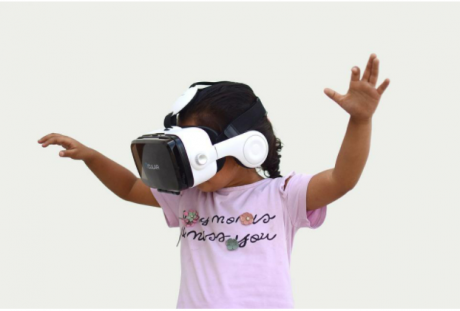Five Ways How Online Education is Changing the Way Students Learn

Online education has certainly increased opportunities for school students to get an education. It is also seen as a way to improve the quality of education and make it more accessible to everyone. But it has its drawbacks. One of the most common complaints is that online education can be very isolating and it can be hard to stay motivated.
It is also said that online education can be repetitive and boring. Students can find themselves doing the same thing over and over again. And they can get easily distracted by things that are not related to their studies.
In the last two years, many Australian students were forced to study online due to the COVID-19 pandemic. Some children adapted to it pretty well and some struggled. It was a big change for everyone involved.
Some of the emerging trends we are seeing in how school students learn online are:
- Students need to learn more in less time: In the limited time students have, managing knowledge is an important skill. Thus, students are learning how to find information online, evaluate and analyze it, and apply it too.
Younger students need help with here. As a parent, you should help them develop these skills by finding reliable and appropriate sources for them. Once students get to high school, they are usually better at finding resources on their own. However, they might still need help when it comes to organizing their thoughts and materials.
If you don’t have time, online tutoring services like CrunchGrade can help manage the learning process of your child and provide you with timely feedback.
2. Active life-long learning skills are necessary: Critical thinking, independent learning, the use of IT, software and data within a discipline and entrepreneurialism are global competencies students need to pick up if they want to cope with the rapidly-changing academic and professional environments.
You can help your children pick up these skills by encouraging them to take online courses, watch educational videos, and participate in online discussions.
Some tips to encourage critical thinking in younger kids when they are stuck at home are:
- Asking open-ended questions
- Encouraging them to find different ways to solve a problem
- Helping them to understand different points of view
- Teaching them how to question the information they find online
3. More and more students are looking for flexible learning options: With education and tuition costs rising, students in high school, and sometimes even middle class, are looking for flexible learning options.
Some students are taking advantage of the online format to take a course or two at a time, while others are opting for full-time online schools. Flexibility is not only about taking courses at your own pace. It is also about choosing courses that fit students’ interests and needs.
Flipped classrooms and blended learning options are also picking up. In flipped classrooms, students learn the theory online and apply it in class. This way, they can get more out of the limited time they have in class.
Blended learning is a mix of face-to-face and online instruction. It has been found to be more effective than either type of instruction alone.
As a parent, you can help your children find the right type of online education that suits their needs and interests. At CrunchGrade, we offer online tutors who can design a learning plan that caters to their needs and make education personal and engaging for students of all ages.
4. Digital technologies make knowledge more accessible: Today, students are using mobile devices like smartphones and tablets. Many of them are on social media. At such times, the use of AI-based tools, simulations, educational games, and virtual and augmented reality (VR and AR) tools are increasing.

Some of the popular digital learning aids popular among Australian students are Google Expeditions, Quizlet, Kahoot, and Nearpod. CrunchGrade tutors can suggest some wonderful tools and games to make learning more fun and interactive.
The use of digital technologies is not limited to students. Teachers are also using them to create engaging content, give feedback, and assess student progress.
5. Networking with peers and experts to keep up with a fast-changing world of work: The use of social media and online communication tools has encouraged students to engage in more collaborative learning. They are also sharing ideas and working together on projects more than ever before.
This type of collaboration is not limited to students. Professionals are also networking with each other online to learn new skills, find jobs, and keep up with the latest trends in their field. As a parent, you can help your children network with peers and experts in their field. You can also encourage them to use digital technologies to communicate and collaborate.
There is a rise in “microlearning”: This is where students learn in short, specific bursts, often on devices they are already using like smartphones and tablets. Microlearning is popular because it allows students to learn what they want, when they want, and how they want.
This type of learning is perfect for students who are not interested in traditional education or those who want to gain specific skills.
Digital technologies and online education are changing the way students learn. They are making knowledge more accessible and allowing students to collaborate more. At CrunchGrade, we offer 24X7 instant study help to students so that they can get the help they need when they need it.
